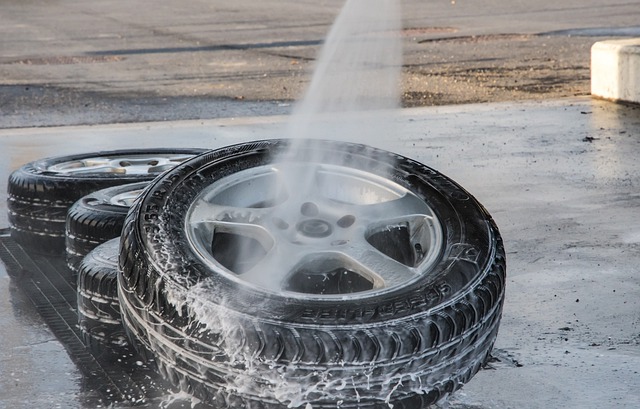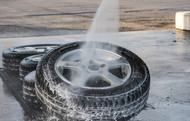Why You Shouldn't Mix Tires
23rd Sep 2022

Are you guilty of mixing tires on your vehicle? You aren't alone. Many drivers don't replace all of their vehicle's tires at the same time. Instead, they only replace either one or two tires.
If you run over a nail, for instance, you may have a flat tire. Rather than replacing all of your vehicle's tires, you may replace the flat tire or the flat tire and the adjacent tire (e.g. both front tires or both rear tires). While mixing tires can save you money, it can cause other problems of which you should be aware.
Poor Handling
Mixing tires can have a negative impact on how your vehicle handles. Not all tires are the same. Different types of tires have different patterns, construction materials, sizes and other specifications. Regardless, if your vehicle has two or more different types of tires, it may handle poorly. You may struggle to turn it, or you may experience a lack of traction in rainy weather.
Uneven Tread Wear
Uneven tread wear is a concern when mixing tires. It's normal for tires to lose some of their tread. Tread is essentially what allows tires to generate traction with the road. The longer you drive on a tire, the more tread it will lose.
When mixing tires, your vehicle will suffer from uneven tread wear. The old tires will likely have less tread than the new tires. The tread on the tires won't wear down evenly. Uneven tread wear involves some of your vehicle's tire tread -- the tread on the old tires -- wearing down faster than the tread on the new tires.
Wheel Misalignment
If your vehicle has two or more different types of tires, it may suffer from wheel misalignment. All of the wheels need to be aligned so that they point forward at the same angle. Misalignment occurs when some wheels point at a different angle than others.
Wheel misalignment can have different causes. Nonetheless, mixing tires can knock your vehicle's wheels out of alignment. You can always get them realigned at a mechanic shop, but you'll ultimately need to replace your vehicle's tires.
.button { display: inline-block; padding: 20px 30px; text-align: center; font-family: Sans-Serif; color: #ffffff; background-color: #cb2029; border-radius: 0px; outline: none; } SHOP TIRE TOOLS
The Bottom Line
Ideally, you should replace all of your vehicle's tires at the same time. It will preserve your vehicle's handling, encourage even tread wear and protect against wheel misalignment. If this isn't an option, though, you can replace just the front tires or just the rear tires. But make sure the new tires are the same type as the old, existing tires on the opposite axle.

